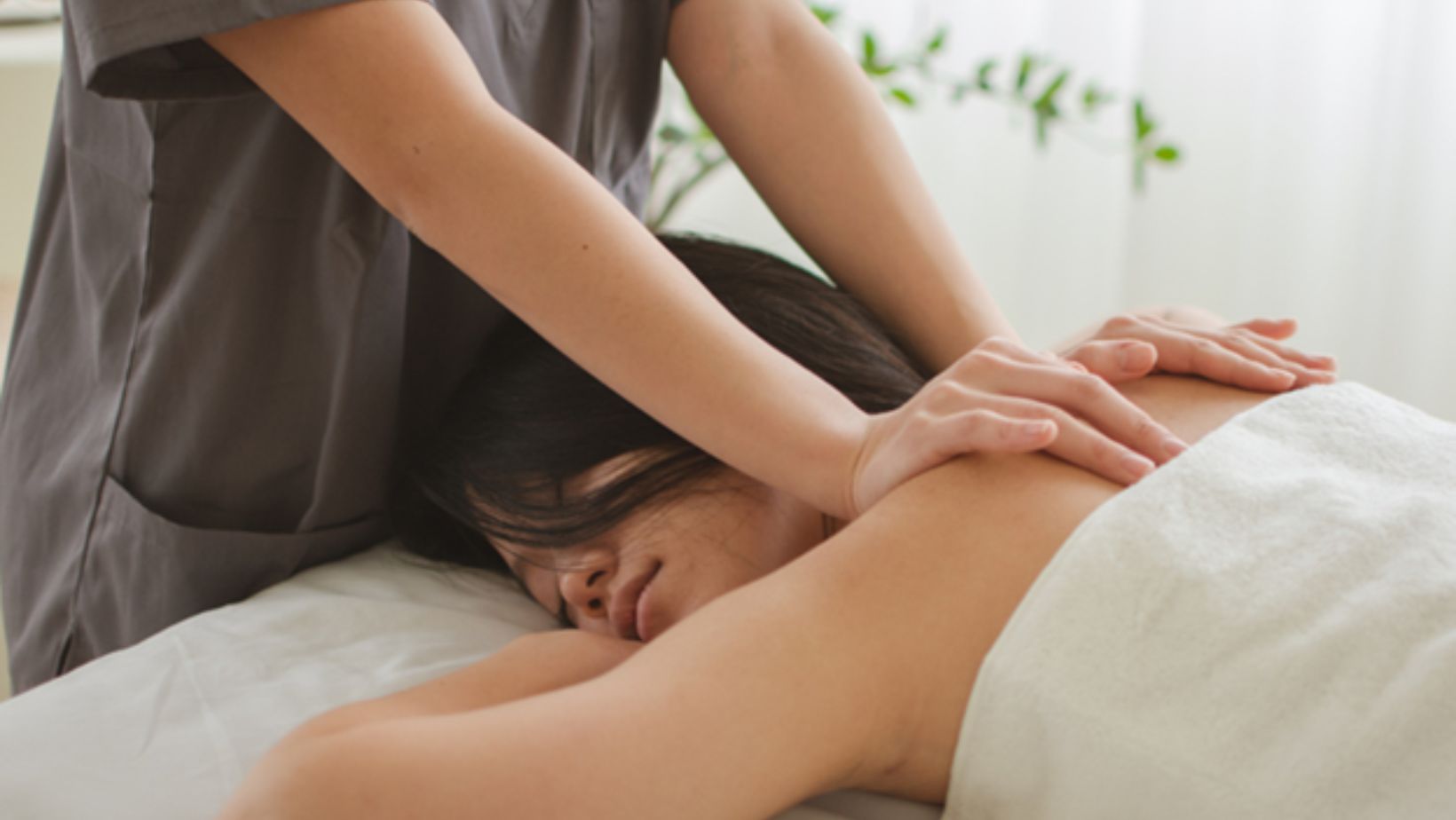The Gist Cellulite blemishes the skins of many shapes and sizes. It is dimpled or lumpy skin, most commonly on the thighs, buttocks, and lower abdomen. Cellulite, while not a serious medical matter, is an aesthetically damaging condition. So many individuals are researching new methods to hide cellulite and improve the smoothness of their skin. This article will examine why cellulite occurs and offer some practical methods for dealing with the problem. First, let’s consider what exactly cellulite is. Cellulite is produced when fat stores disintegrate the connective tissue under your skin so that it begins to have an uneven texture. It is more common in women than in men because of different depositions of fat, Atlantic tissue structure, and hormones. The formation of cellulite is influenced by genetic factors, lifestyle, and the process of aging.
Causes of Cellulite
There are several factors contributing to the formation of cellulite:
Genetics–genes play a substantial role in how a person’s body stores fat and how the skin responds to it.
Hormones: estrogen, insulin, and thyroid hormones influence fat storage and circulation. This can affect the development of cellulite.
Diet: Eating junk food, sugar, or unhealthy fats may cause fat deposits to build up.

Lifestyle: Lack of exercise, dehydration, and extended periods of sitting down can weaken skin structure and make cellulite worse.
Aging: Skin loses elasticity and produces less collagen with age, causing cellulite to be more noticeable. Popular Cellulite Treatments Although no procedure can eradicate cellulite, there are a number of options that can visibly decrease its development.
Here are some of the most effective remedies:
1. Topical Creams: Caffeine, retinol, and antioxidants are among the ingredients found in many over-the-counter and prescription creams that help improve skin texture and blood flow. Applying these creams regularly may temporarily reduce your skin’s orange-peel appearance.

2. Massage Techniques: Massaging the skin (e.g., through drainage of the lymphatic delicate tissues in certain areas like lower legs or thighs) and improving blood flow (with deep tissue massaging) can help break down fat stores or even out circulation.

3. Laser and Radiofrequency Treatments
These treatments use heat and energy to stimulate collagen production, tighten skin, and reduce fat cells. Positioned procedures include:
Cellulase: A minimally invasive laser treatment that targets the structural causes of cellulite.
VelaShape: A combination of radiofrequency, infrared light, and suction to smooth out dimpled skin.
Thermage: A radiofrequency treatment that tightens the skin and creates elasticity.
4. Acoustic Wave Therapy (AWT)
AWT uses sound waves to break down fat deposits and improve blood flow, reducing cellulite over time.
Cryolipolysis (CoolSculpting)
This non-invasive treatment freezes and eliminates fat cells, leading to the reduction of cellulite over several weeks.
Dry Brushing
Dry brushing involves using a stiff-bristled brush to exfoliate the skin and immobilize circulation. Although it provides temporary results, it can help make the skin look smoother.
Dietary Changes
Eating a balanced diet rich in fruits, vegetables, lean proteins, and healthy fats will help reduce overall body fat and support skin health. In addition, drinking plenty of water keeps skin elastic
Exercise
Regular exercise helps tone muscles and reduce fat accumulation, resulting in less noticeable cellulite. Concentrate on strength training, cardiovascular workouts, and activities that work on problem areas, such as squats and lunges.
Natural Remedies for Cellulite
For those who would rather avoid using chemicals to fight cellulite, there are several home remedies that might help reduce its appearance.
Coffee scrubs: Caffeine tightens skin and boosts blood circulation. To create an effective scrum, try combining coffee with coconut oil.
Apple Cider Vinegar: Diluting apple cider vinegar with water and applying it to affected areas may help the skin tone.
Essential Oils: Oils like grapefruit, juniper, and rosemary are believed to help detoxify and firm the skin. They can be mixed with carrier oils to massage the skin.

Prevention of Cellulite
Although it’s not a given that you can avoid cellulite altogether, making certain lifestyle changes just might reduce its severity.
Keep Hydrated: Drink as much water as possible to flush your system of toxins and keep your skin healthy.

Maintain a Healthy Diet: Stop eating processed foods, which are full of sugar and fats that make fat grow.

Exercise Regularly: Strength training and aerobic workouts help your muscles become more firm and weaken fat.

Avoid Smoking and Excessive Alcohol: With lifestyle habits like these, the skin’s elasticity declines, and the bloodstream is inhibited, so this makes cellulite even more visible.

Use sunscreen: Protecting your skin from the sun’s ultraviolet rays maintains collagen levels and stops premature aging short in its tracks.

Cellulite is a natural fact of life for some people. However, with the right treatments and lifestyle changes, it can always be minimized. Whether you elect to have professional treatments, use home remedies, or a little of both, the key is consistency. Flawless skin just takes time to work magic on. Eating a healthy diet, exercising, and good skin care can get rid of cellulite and leave you feeling confident.
